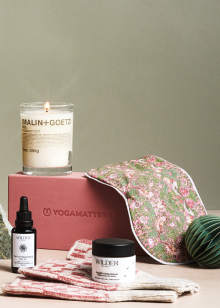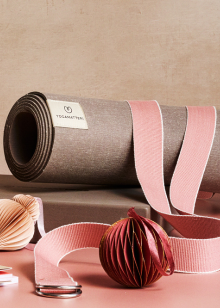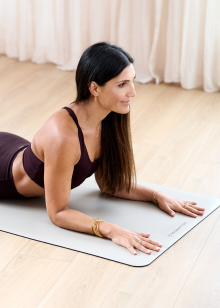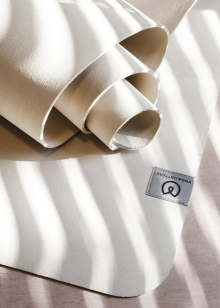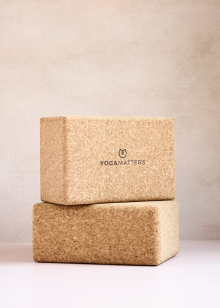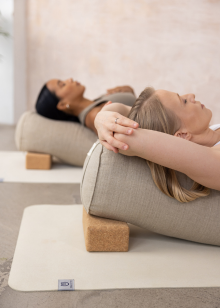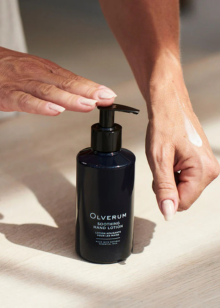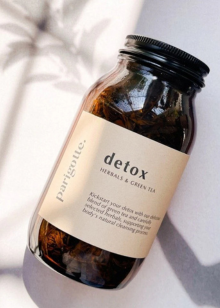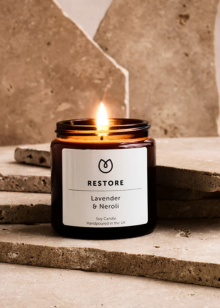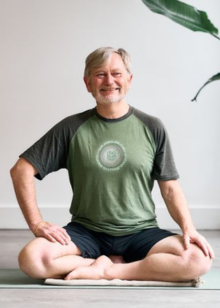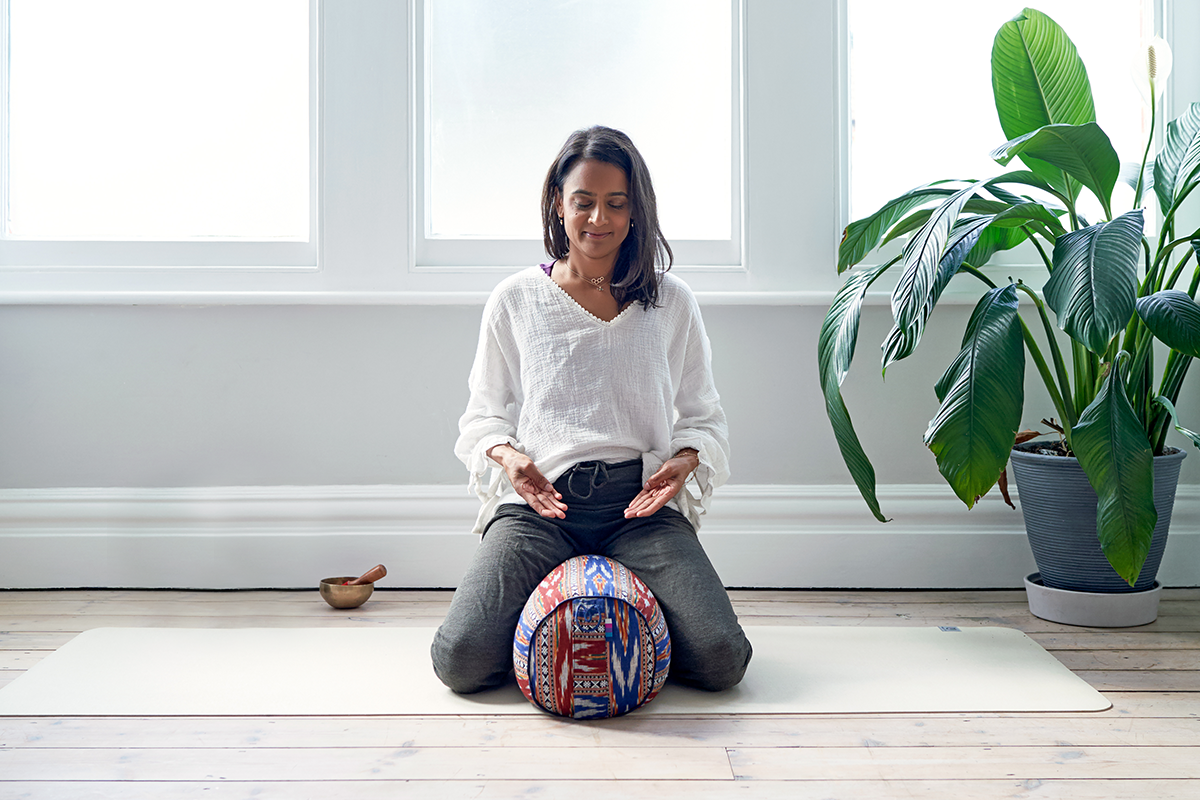It has been a time unlike any other in our lifetimes. A global pandemic. An international reckoning with systemic racism with the death of George Floyd and many others. The world finally realising that there is no Planet B. And still the work is not over.
Words don’t feel adequate to describe what our minds and bodies have been through. Each life affected, changed, evolved, displaced, and possibly isolated in unique ways. There are ways to use your breath to recover from the anxiety and upheaval of the past year and use your meditative breath to manage stress.
The way we breathe and the air we breathe has been front and centre. Breathing whilst wearing a face mask and being hyper-aware of others breathing and coughing around us have become part of our everyday lived experience.
Taking time to adjust
As the UK slowly eases lockdown restrictions, recovering a sense of self and connection is essential to healing. For me, the past year has been one filled with extreme highs and lows. I’ve often felt disconnected from my family, friends and community, but at the same time, a deep sense of connection to home life. The past year has impacted our mental health in ways we may not fully understand or recognise right now, and it may have brought old emotions to the surface.
Anxiety is a totally normal and human response to what we have all been through. Anxiety can manifest physically and mentally, with common symptoms being shortness of breath, racing thoughts and an elevated heart rate. This occurs because your body perceives a threat – and it was right to do so, but in doing that, it has set itself into “fight or flight” mode, the mode that is useful to escape danger. But when our minds and bodies stay in this mode for long periods, anxiety symptoms like shallow breathing can become commonplace.
This blog invites you to reconnect to your breath and create a narrative of awareness, strength and resilience for how to manage anxiety. Your breath is your life force, and it can be a powerful tool to connect, heal and move forward.

Featured: Bandha Ikat Buckwheat Bolster, Bandha Ikat Eye Pillow and Eco Rise Yoga Mat
If you have any underlying health conditions that affect your breathing, please seek medical advice before practising any of these breathing techniques. You know your body better than anyone else, so if you choose to try the practices I share, try things at a pace and in a way that suits you.
Acknowledging and respecting your body’s needs
Firstly, it might help get to know your breath’s role in managing your emotional and mental state. Here’s the basic neuroscience explainer. The nervous system can be divided into two main components: the central nervous system and the peripheral nervous system.
The peripheral nervous system is divided into two further branches: the autonomic nervous system and the somatic nervous system. The autonomic nervous system is the part of the nervous system responsible for controlling the bodily functions not consciously directed, such as breathing, the heartbeat, and digestive processes. The peripheral nervous system has nerves that travel from the brain to the body and from the body to the brain. This means it sends messages both ways.
The autonomic nervous system has two sets of nerves, parasympathetic and sympathetic. Being in the “fight or flight” state is where your sympathetic nerves are activated and “rest and digest” is where your parasympathetic nerves are activated. Humans should naturally move between these two states, but unless there is a perceived threat, the most natural state of being most of the time is in the parasympathetic “rest and digest” state.
You cannot directly control which of these states you’re in; you can’t tell your body to go into “fight or flight” or “rest and digest.” In the same way, you cannot consciously tell your heart to beat faster.
However, one function of the autonomic nervous system that you can choose to alter consciously is your breathing. And it turns out, if you control your breath, you can indirectly impact other areas of your autonomic nervous system, such as your heart rate and whether you are in “rest and digest” or “fight or flight” mode. Through performing specific breathing practices, you can tell your body to activate parasympathetic nerves to bring on a state of calm.
So, if you consciously regulate your breathing, then you can regulate your emotional and mental state. Keep this info front of mind as we journey into the two practices.
Mindful breathing practices
I’d like to share two breathing practices that have been my foundations over the past year, Belly breathing and Ujjayi Pranayama. Whether you’re a breathwork veteran or a newbie to breathing techniques, these two practices can act as a reminder or as an introduction.
Belly breathing, also known as diaphragmatic breathing, can help treat shallow breathing when your breath can be short and chesty. When we get anxious, one of the most common symptoms is shallow breathing and racing thoughts. Going back to basics in breathwork can invite a deeper awareness of feelings and emotions in your body.
Belly breathing helps you to build a resilient respiratory system, as the breathing technique exercises your diaphragm, a dome-shaped sheet of muscle at the bottom of your ribcage that is primarily responsible for respiratory function. Belly breathing maximises the amount of oxygen that goes into the bloodstream and allows the body to relax. Belly breathing has a physiological effect on the body by assisting in blood flow, lowering pulse rate and blood pressure.
If you’d like to give it a go, here’s a video to practice to.
The second practice I invite you to try or re-visit is Ujjayi Pranayama, also known as Victorious breath. Victorious breathing helps to elongate and lengthen your breath by engaging your throat muscles to give you greater control over the way you breathe. The victorious breath creates a soft sound in the back of your throat. Any sound on an exhale sends waves of calm throughout our minds and bodies, so a conscious, slow exhale can calm a busy mind and soothe a tense body.
For me, the victorious breath is my grounding companion, the world can feel like a whirlwind, but this breath makes me feel like I have roots growing out of my feet, making me feel sturdy and strong. It has been one of the most effective anxiety management tools I have as I use it all of the time. With consistent practice, this breath can help us to reframe our anxious experience. For me, this has been useful in re-entering old space or meeting up with people I haven’t seen in a while. It is normal to get anxious, but your breath can help you to reframe the experience.
Use this video as a reminder or as an introduction.
Making space for calm
Creating a little sanctuary at home can help you to make practices become daily habits. A few items I recommend investing in include; a bolster, as it has helped me to focus on my daily practice. It is my dedicated peacetime item, I have this rectangular one as it is so versatile, plus blocks are always useful to bring the floor closer to you, I have a stack of these ones. Breathing practices can also be aided with a gentle face massage, I use this massage oil to release my face which can help me to ease into a breathing practice.
A final note, it is important to remember that traumatic events can alter how we breathe without us consciously knowing. Trauma is subjective. It can be useful to think about it as anything that has negatively impacted you with lasting effects, like frequent flashbacks, racing thoughts, and panic attacks. Trauma lives in our minds, bodies and breath and can show up in various ways.
If you are experiencing anxiety symptoms or post-traumatic stress disorder (PTSD) symptoms, talk to a trusted person or organisation.
